Embracing quick service business models key to continued success in restaurant industry
The restaurant industry has dealt with its fair share of trials and tribulations since the beginning of the COVID-19 pandemic, with establishments forced to adjust on the fly to government restrictions and strict health guidelines.
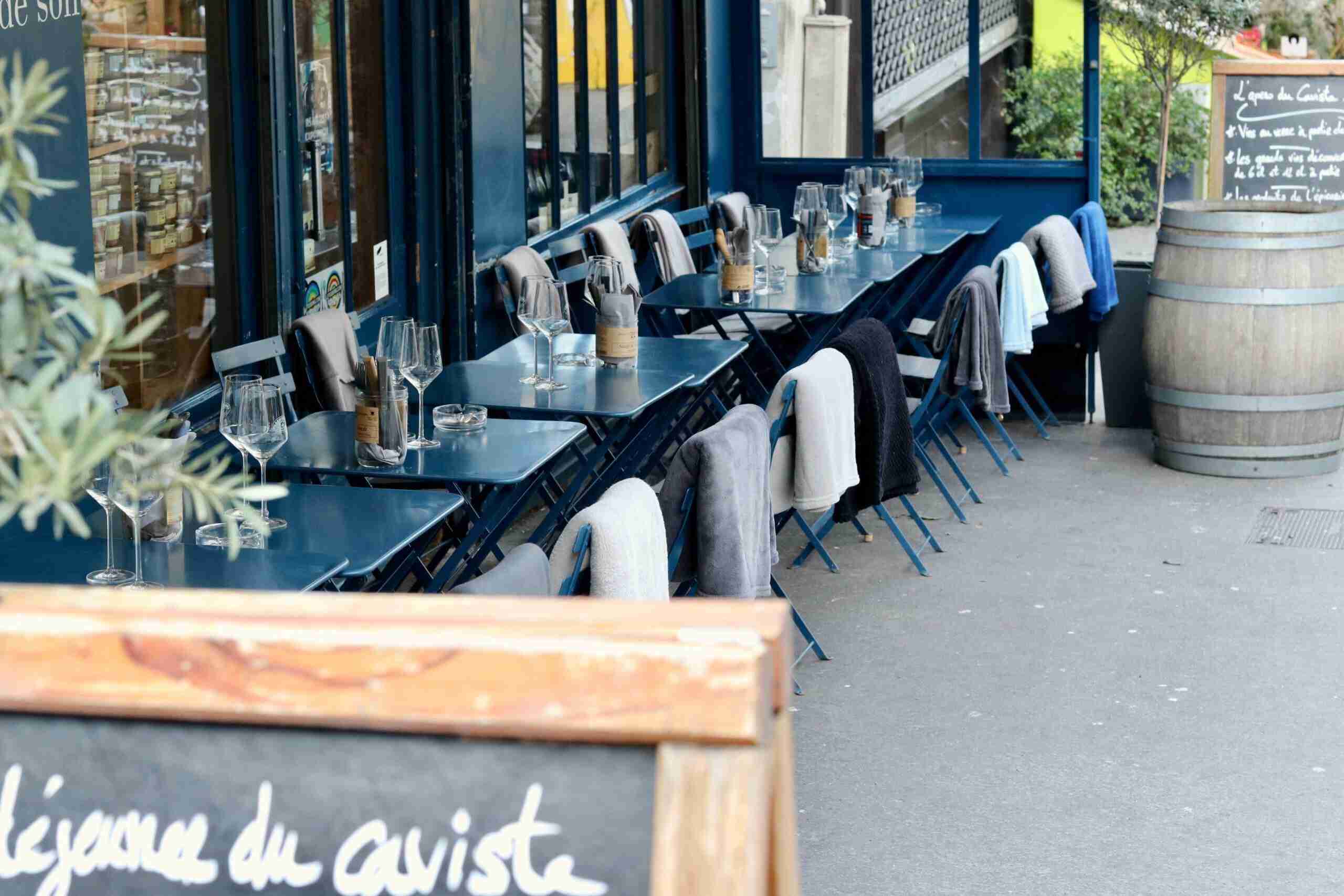
Many restaurants were forced to either shut their doors for good or figure out a new business model that would allow them to stay open. Survive and adapt was the name of the game.
Indoor dining was, memorably, the first to go. Restaurants built outside seating areas for diners. Parking spots turned into picnic tables, sidewalks into aisles.
Moreso than getting people to sit and dine, however, restaurant owners had to determine the best way to get their product out into the community, and quick.
Quick service, as it is known, is not a new business model, however it is one that is not only growing in the industry, but one that is growing in the hearts, minds, and stomachs of hungry customers around the globe.

“The customer has spoken,” Papa Johns CEO Rob Lynch told QSR magazine. “They want to get food brought to them or get food that is ultra-convenient.”
Out for Delivery
Before COVID-19, Chinese food and pizza were likely what came to mind when picturing something that would get delivered. That, of course, has now been turned on its head.
Pickup and delivery became essential for restaurants during the pandemic, and their ability to fulfill customers’ requests in a timely, efficient, and convenient manner became paramount.
“For a long time that (convenience) was the drive-thru window,” Lynch told QSR magazine. “Now, technology is changing that. I think the brands that embrace that and can make it work in their economic model will be the ones that continue to outpace the industry.”
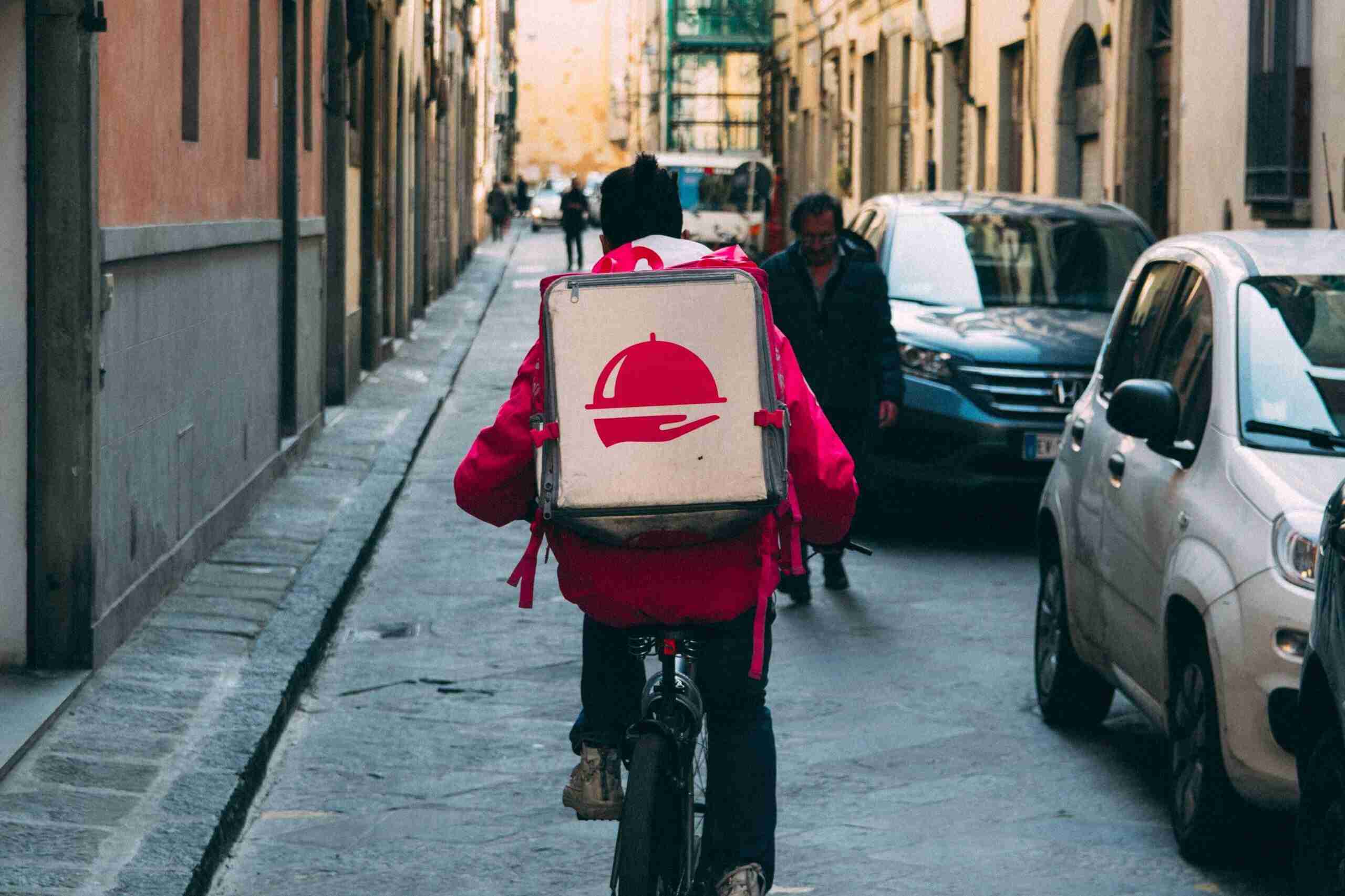
Restaurants well-equipped to handle quick service soared during the pandemic, with a reported annual sales growth of 10.15% from October 2020 to October 2021, according to Black Box Intelligence. Drive-thru sales grew 46.96%, meanwhile, and delivery requests increased by 84.53%.
Non-quick service restaurants, on the other hand, had sales growths of only 2.83%.
Aside from dine-in-only restaurants, one type of establishment that needed to adjust was the fast casual space, which generally wouldn’t have had a drive-thru or delivery options.
Combo Meal
Now, with restrictions no longer keeping people from dining in, the combination of having a fast casual dine-in experience with the choice of takeout or delivery has paid dividends.
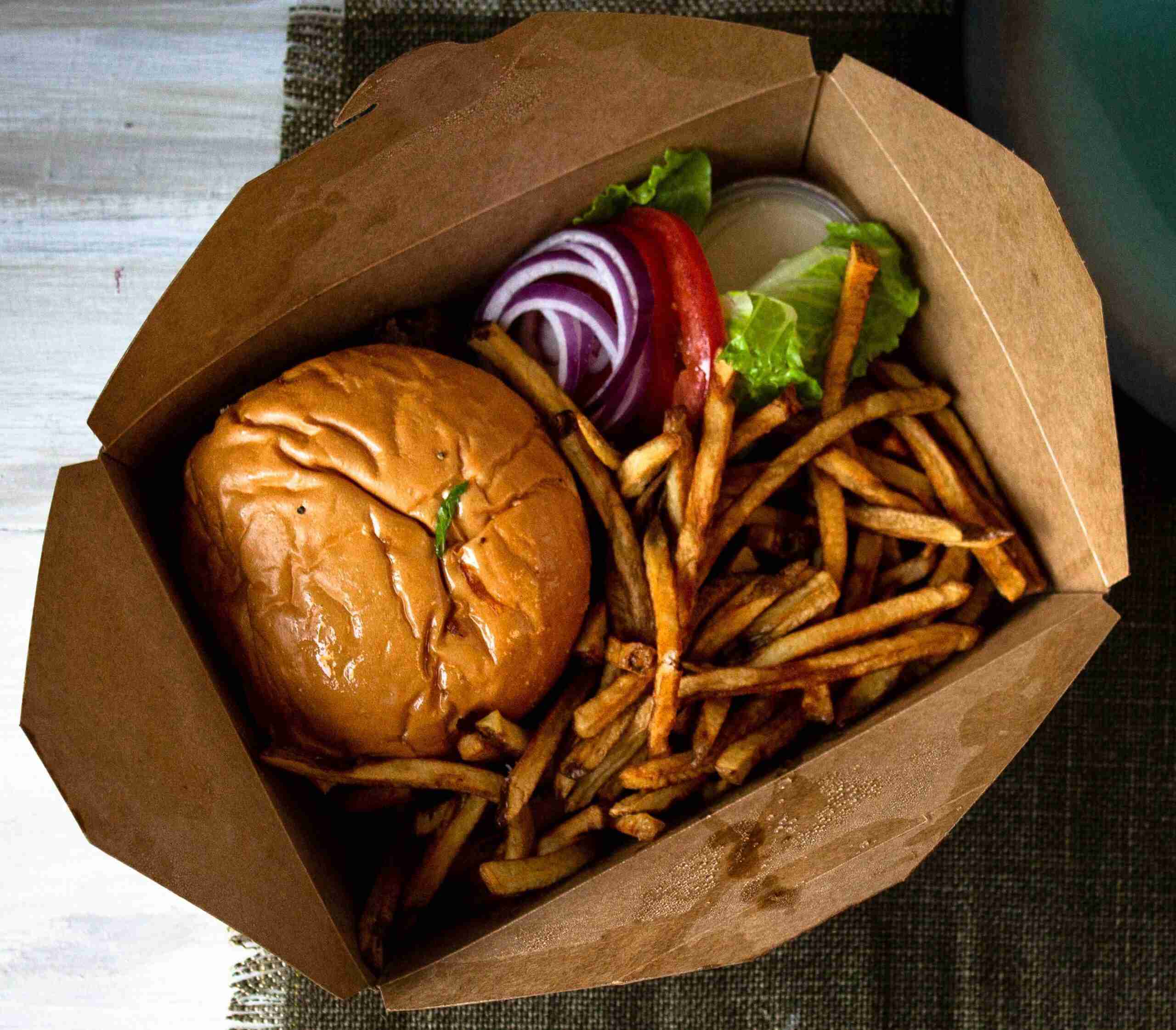
“We’ve really just fast-forwarded years into the future in a very short period of time,” David Portalatin, a food industry advisor at The NPD Group, told QSR magazine.
Orders off the actual premises of fast casual restaurants increased by 30% year-over-year between August 2020 and August 2021, while traffic coming from outside the restaurants rose more than 80%.
“If you look at the restaurant industry for the five years before COVID came along, what was growing? Off-premises transactions were growing,” Portalatin told QSR magazine. “The (quick-service restaurants) were taking share from full-service restaurants.”
In addition to eating meals at home, consumers are increasingly looking to place their pickup, takeout, and delivery orders digitally, rather than speaking with someone face-to-face.
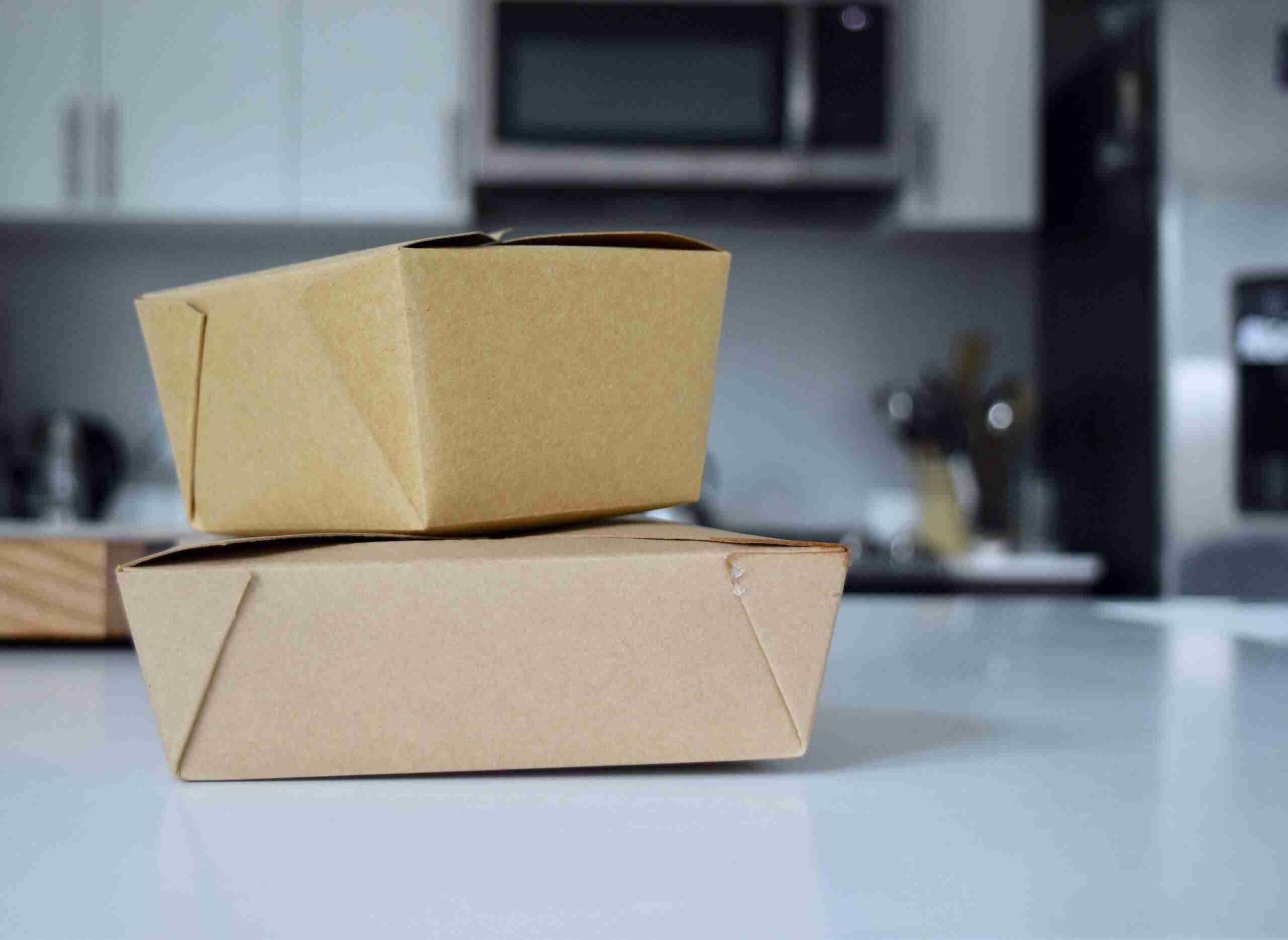
Being able to place an order on a mobile app or website became more of a requirement than a commodity, and restaurants needed to invest and design accordingly.
Another benefit to being able to successfully offer a quick service experience is the customer loyalty brands can expect to now see in return.
There are a number of reasons for this, but again, it primarily comes down to the convenience allowed to the consumer in the first place. Letting them place orders from wherever they want, on whatever medium they want, keeps them happy, and eliminates barriers.
“You’ve got to be relevant to the consumer and you have to have an app that is not only easy to navigate, but also one that entices you to visit more often, whether that’s through loyalty earn and redeem, or just an ongoing onslaught of pretty nice offers,” Fazoli’s CEO Carl Howard told QSR magazine.
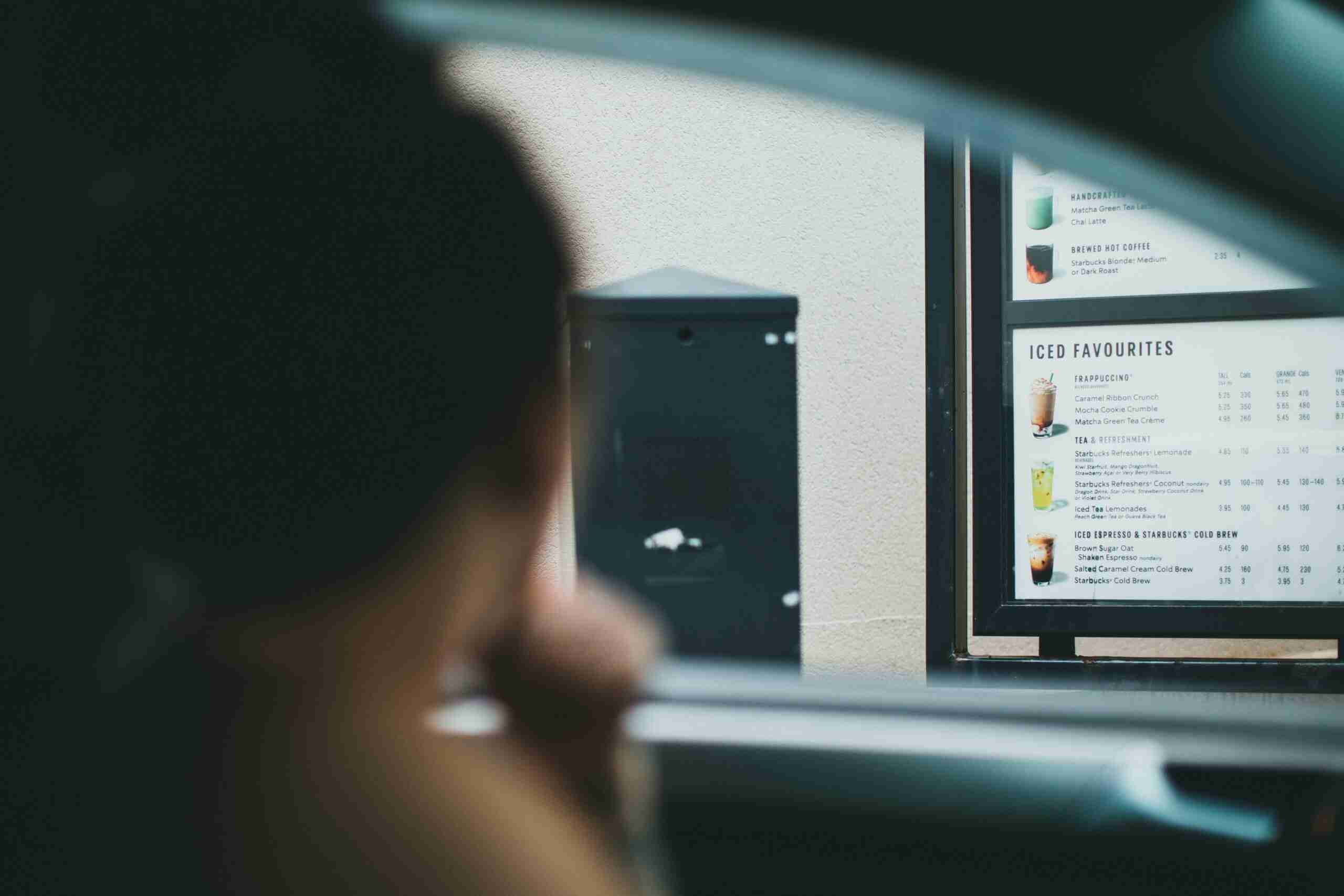
Driving Thru
Before COVID-19, going through the drive-thru lane was another option that was often more based on convenience then need. Since the pandemic, it has become both.
During the pandemic, drive-thru establishments were at one point the only realistic option for diners, and, with consumers confused about who was open, finding a busy drive-thru lane left little to question.
At the same time, the rush to the drive-thru window has been stretching thin restaurants with only one lane.
One new idea taking shape is to have multiple drive-thru lanes, with one specifically dedicated to orders which have been made digitally, rather than in-person.
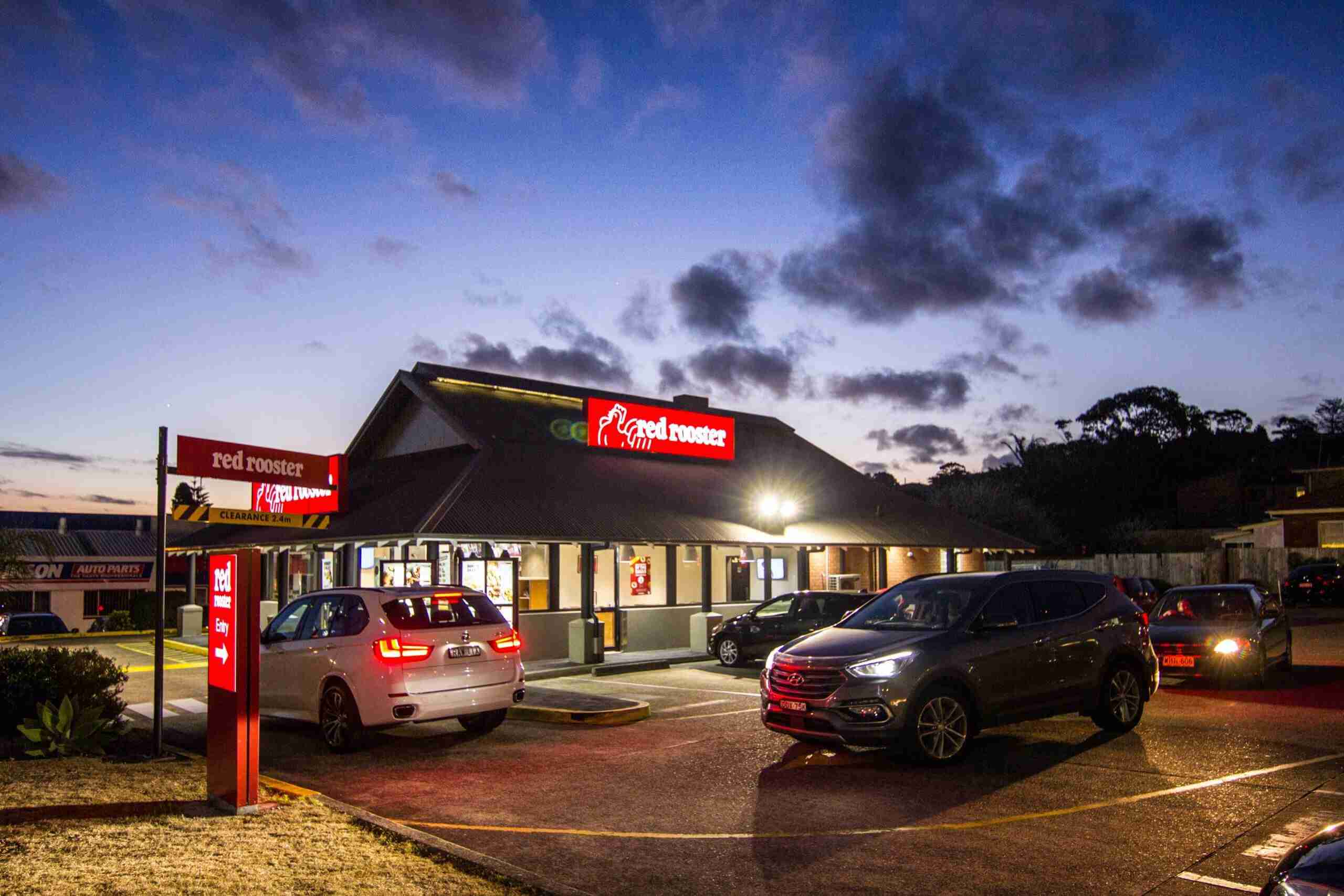
Curbside pickup has also gained serious steam, as has restaurants building out additional infrastructure to make more room for customers choosing to remain in their cars.
Help Wanted
One area that will need to be addressed is staffing shortages, with millions either resigning or being forced out of their jobs during the pandemic.
Being well-staffed is, of course, imperative. Keeping everything running smoothly inside and out requires a well-oiled machine.
Having employees who can roam through the drive-thru lanes using tablets to pre-take customer orders can also move the needle.
In addition to getting more orders in faster, using tablets can also increase efficiency and customer happiness, since it eliminates the potential for errors or miscommunications that can offer occur when ordering through a drive-thru speaker.
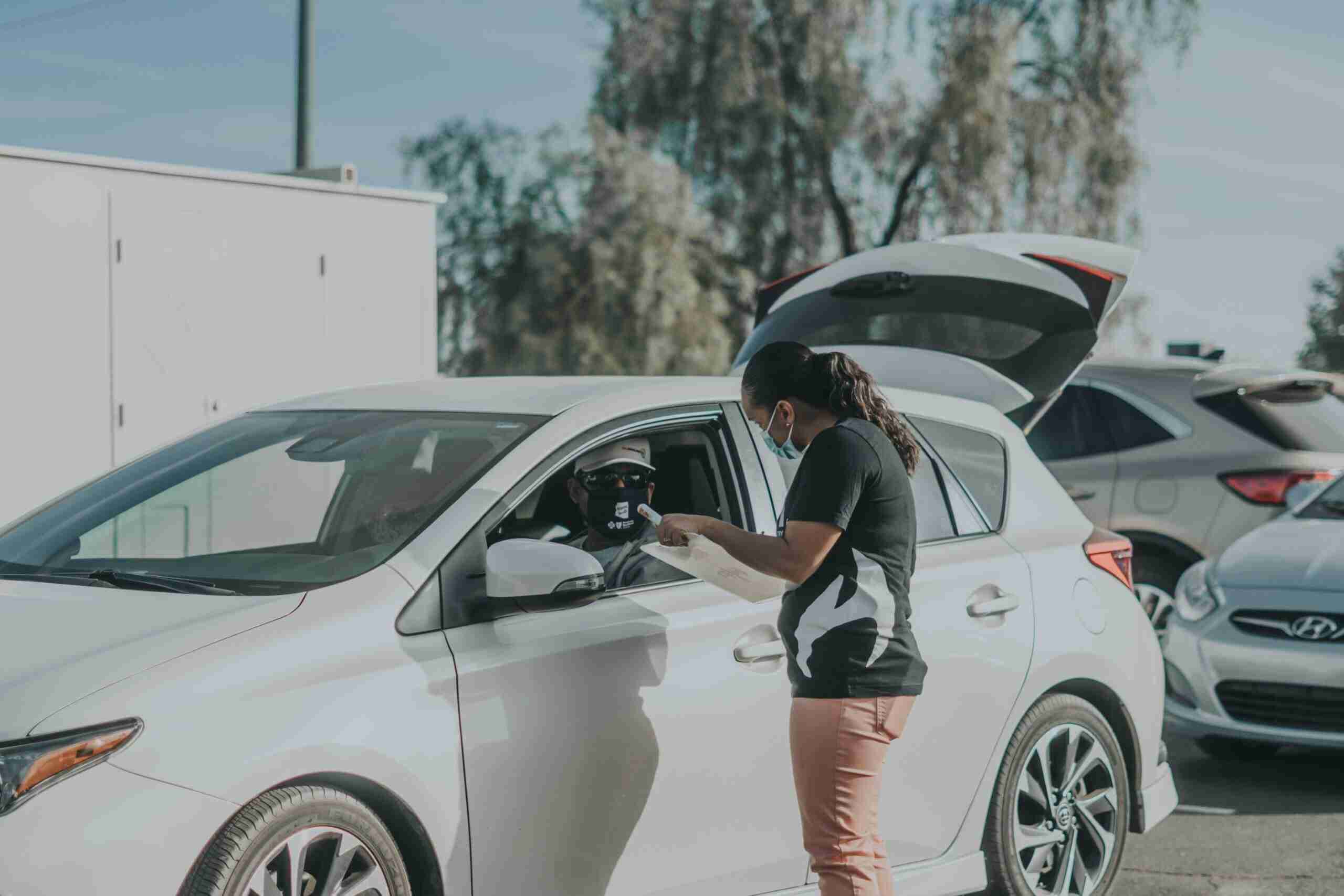
“What we found out with tablets is the guest experience is a lot higher,” Howard told QSR magazine. “Because we made less errors. We don’t have any communication problems. We’re standing right in front of you, direct-to-direct. So, there’s less confusion on the order that might come through slightly muddled or not heard correctly via the headphone set.”
Being greeted outside your car also adds a personal touch to the drive-thru experience, as it can feel like you are being served at a table, but in your car.
Going forward, customer expectations will continue to grow, and trends will change, but one thing seems to remain certain, whatever happens, it’s going to need to be quick.
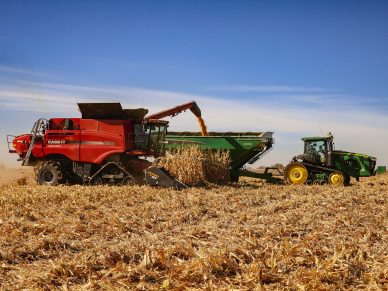
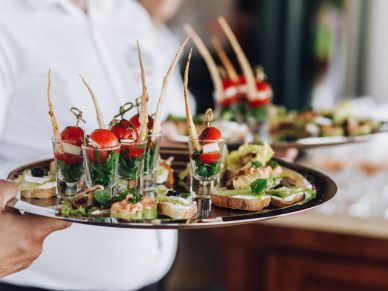

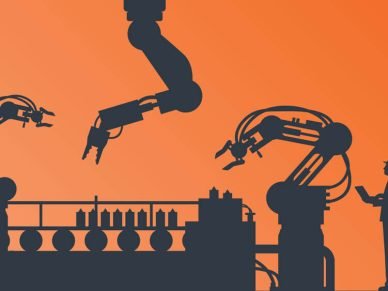
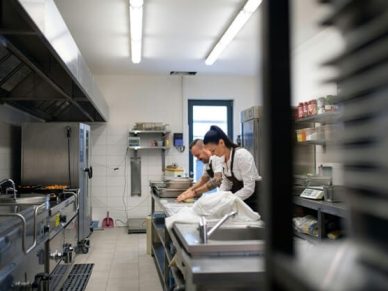
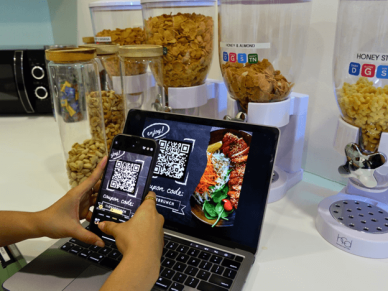
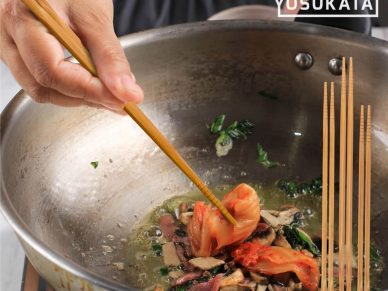

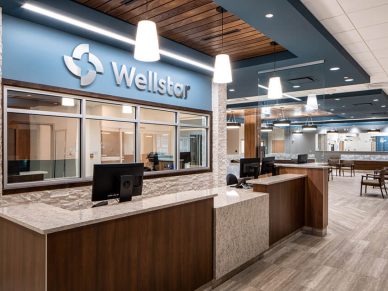

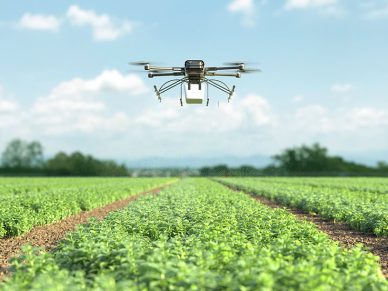
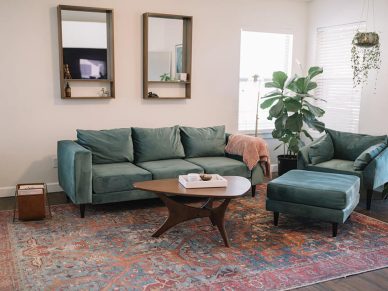




Leave a Reply